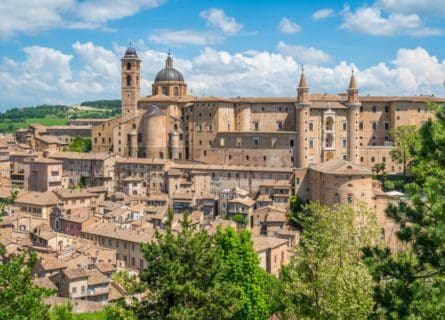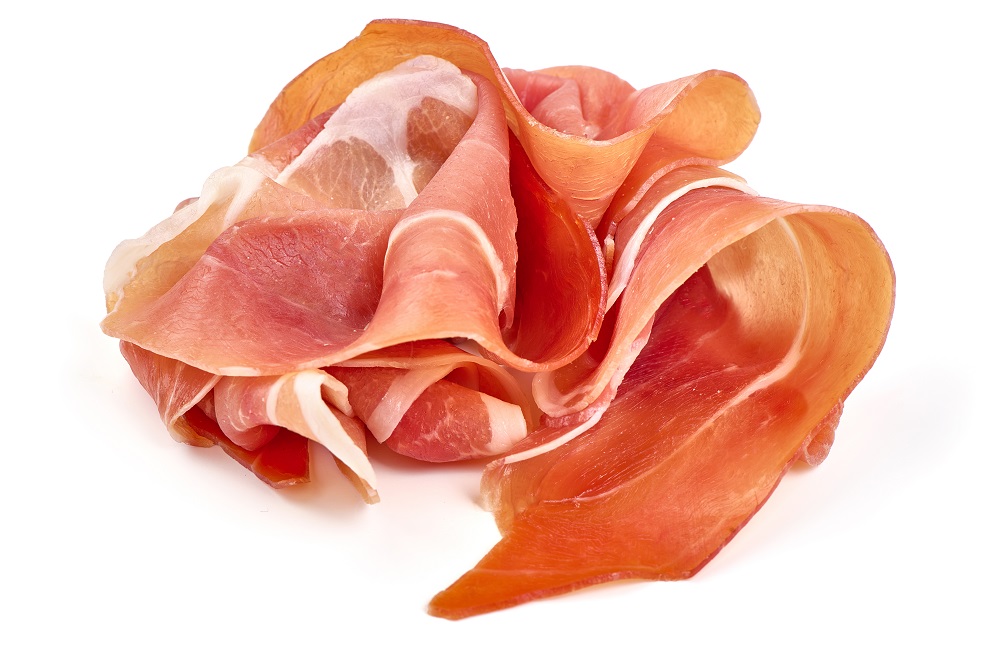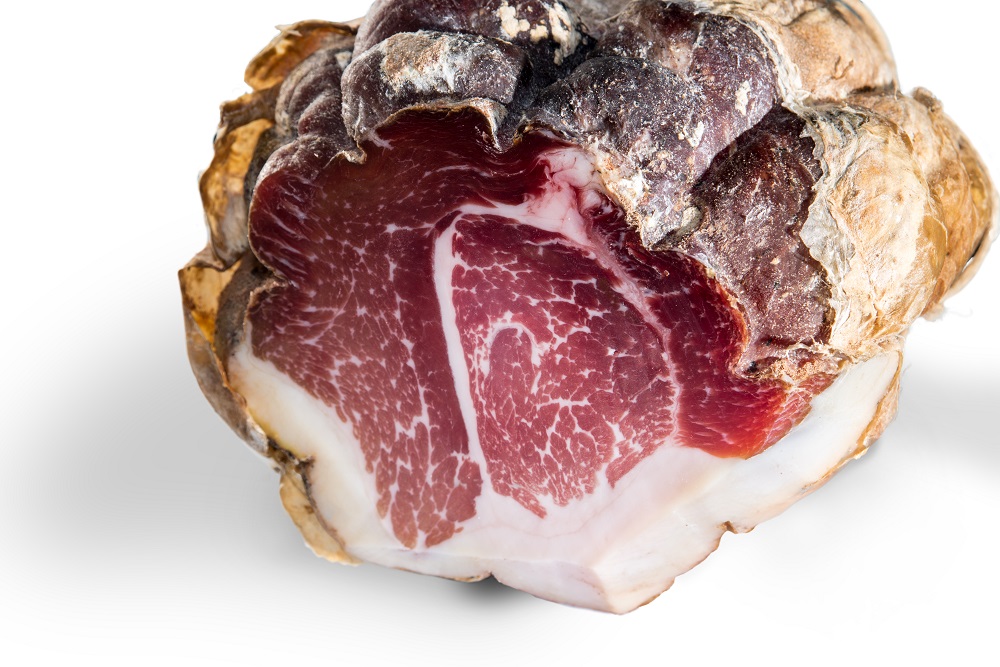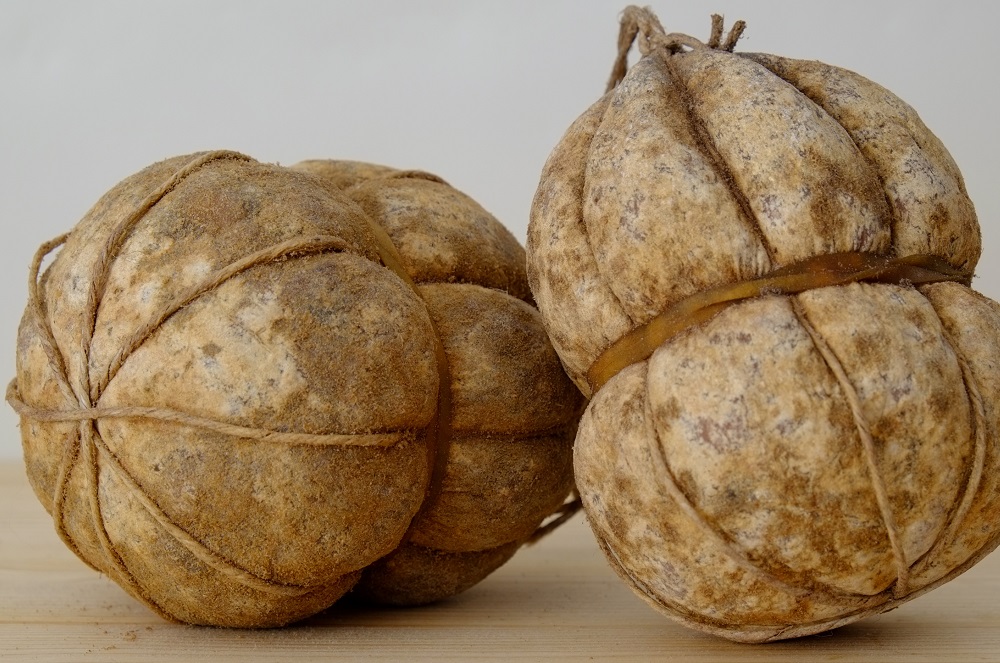
Le Marche Culinary Delights: An Insider’s Guide to Authentic Regional Dishes
August 11, 2021
Discover Le Marche's culinary diversity, from Adriatic seafood to Apennine stews and pasta, all enriched with local ingredients like olives and truffles.
By: Sarah Lane / Last updated: February 5, 2025
Estimated reading time: 8 minutes
Known as Italy’s Food Valley, with good reason, the western part of the Emilia Romagna region is home to some of the nation’s – and the world’s – favorite foods. Magnificent platters of local salami, prosciutto, mortadella, and many other of the area’s salumi, or cured meats, along with Parmigiano Reggiano, are a large part of what makes any mealtime special in this part of the world. They’re sublime accompanied by a regional semi-sparkling frizzante wine, such as a white Pignoletto or Ortrugo or red Lambrusco or Gutturnio, plus a basket of the melt-in-the-mouth fried doughy pillows known in Bologna as crescentine (aka gnocco fritto, torta fritta, chisolini or pinzini according to whether you’re in Modena, Parma, Piacenza or Ferrara, respectively).

The climate, which combines mists and fog from the plains of the north with cool breezes from the Apennines to the south and, at least in the Parma hills, fresh currents from the Tyrrhenian coast to the west, plays a fundamental role in the perfect results achieved by local producers as do their precise protocols, skilled techniques of salting by hand, secret seasonings and centuries-old traditions.
While it’s not always easy to distinguish between the delicious slices on your platter, mortadella is unmistakable for its pale pink color dotted with patches of white, its silky smooth texture, and its enticing aroma. A classic way to enjoy flavorsome mortadella is in a panino (sandwich), typically a rosetta – try those at the specialist take-away, Mò Mortadella Lab in Bologna, which serves nothing else. Mortadella is one of the region’s most ancient products – while the first regulations regarding its production were emitted in 1661 by Cardinal Farnese, it’s been made since Roman times when myrtle was used instead of pepper to add flavor. The name mortadella is thought to derive from myrtle or myrtatum. Mortadella can be made anywhere, and each producer has a secret salt and spices recipe to add to the mix. Still, Mortadella Bologna is a PGI (Protected Geographical Indication) product with stricter regulations, including slow cooking for 8-20 hours, depending on size, at 70°C (158°F). The Museum of the History of Bologna in the center of town has a whole room dedicated to the product, and an annual festival, mortadella Please, is held each fall at Zola Predosa just west of the city.
Parma and its famous PDO (Protected Designation of Origin) prosciutto is the king of the salumi scene – even appropriately represented by a regal crown symbol. Prosciutto di Parma is made in a tiny area around Langhirano in the hills south of Parma, and sea salt is the only ingredient that can be added to the hind legs of specially-bred pigs, which are then aged for 12 months or more before being checked by officials and receiving their fire-branded crown mark.
There’s a dedicated museum in Langhirano. The prosciutto tradition is celebrated each year in September with the Festival del Prosciutto di Parma, when producers open to the public for special tours and tastings. Parma ham is a classic on charcuterie boards, a filling for the region’s typical piadina flatbread, and an ingredient in such prestigious recipes as Bologna’s prized tortellini filling, for which it’s combined with mortadella, pork loin, and Parmigiano Reggiano. Parma’s restaurants, wine bars, and delis, such as Degusteria Romani and Sorelle Picchi both in the central Via Farini, are ideal spots to try the best.
Only the most prestigious part of the leg is used for what’s considered the very best of Parma’s pork products: culatello di Zibello PDO. Unlike the local prosciutto, culatello isn’t produced in the hills but in the flat plains and only between October and February when the cold, foggy climate is ideal for capturing a characteristic flavor. The museum dedicated to culatello is located at the gorgeous Antica Corte Pallavicina Relais , which has rooms, dining, and walking trails by the River Po that pass the estate’s farmland and their dark maiale nero local breed pigs.

Another one to try is salame Felino PGI, made with pepper, garlic, and white wine in the village of Felino. Felino is also home to a salami museum in the atmospheric castle cellars and a dedicated festival in late June. While most traditional charcuterie is at its best when thinly sliced, salami should be cut by hand and a little thicker than a peppercorn’s width.
Parma has been officially named a City of Gastronomy by UNESCO since 2015 for its many exceptional gastronomy products, and pork artisans at work even feature in the 11th-century sculptures surrounding the door of the city’s cathedral.
Traveling northwest from Parma towards Piacenza, landscapes are characterized by numerous scenic castles and attractive villages. While the city may not be so well known as a destination, its charcuterie, which includes three PDO-certified products, is much loved. Coppa Piacentina PDO is a deep reddish meat from the animal’s neck that’s seasoned with spices, including cloves and nutmeg, and is characteristically tied with string. Carpaneto Piacentino near Piacenza hosts an annual Coppa festival in early September. Pancetta Piacentina PDO, described as pancetta arrotolata for its characteristic rolled form, is another popular protagonist of platters and panini. Finally, Salame Piacentino PDO is considered one of Italy’s highest-quality salamis.
Modena, east of Parma, has its own PDO prosciutto but is best known for its two PGI-certified specialties, cotechino, and zampone, which, unlike most of the area’s other salumi, are to be cooked before eating. One or other of them always features on a traditional Italian New Year’s eve dinner table, together with lentils and mashed potato. Both are made with various cuts of pork chopped coarsely (cotechino is often a little finer), the difference between the two being the casing – the intestine is used to hold cotechino. In contrast, zampone uses the skin of a front leg, complete with trotter. It’s said that the preparation technique was first used in 1511 when Mirandola, near Modena, was under siege by the Pope’s troops who were about to march into the city; the locals decided to slaughter their last pigs and preserve the meat this way to avoid the chance of the enemy taking the animals and enjoying the tasty pork at their expense.

Salama da Sugo, typical in Ferrara
In the northeast of Emilia Romagna, Ferrara is home to another characterful pork product, the local Christmas specialty, salama da sugo PGI. Sometimes known as salamina, it is aged for a year and needs to be cooked for hours (around six) before eating. It has a soft texture and distinctive, robust, and spicy flavor thanks to ingredients that include red wine – and often Marsala or brandy – cinnamon, nutmeg, and cloves. The dedicated festival, held from late September to early October in Madonna dei Boschi near Ferrara, is a perfect occasion to try it.
While most of Emilia Romagna’s more famous charcuterie is produced in Emilia, the western part of the region, there are some choice products to try in the eastern region, Romagna, most notably those made with the specialty Mora Romagnola pork. The historic native dark-skinned pig had risked extinction but is now thriving thanks to the interest of the Slow Food movement and the dedication of local producers such as Casa Spadoni, which has its own herd and produces various Mora Romagnola specialties including salami, prosciutto, pancetta, and ragù – try some at their lovely restaurant location near Faenza or bistro in Ravenna. In addition, one of the many food-themed festivals held at pretty Brisighella, near Faenza, is dedicated to Mora Romagnola porchetta.
A charcuterie board is always a joy to the eyes and the palate, and if it’s made up of the delicious specialty cold cuts of Emilia Romagna, it makes an occasion special. So, before you start working through the fragrant slices, please take a moment to identify them and appreciate the patience and age-old skills and traditions behind each one, then open that bottle of Emilia Romagna bubbles and enjoy!
If you would like us to customize an exclusive luxury tour, contact us and let us know your travel plans. We offer luxury food and wine tours for private groups of a minimum two guests. In addition, all of our private, chauffeured tours are available year-round upon request.

